Guns, subs and fake jalapenos
The noose is tightening for Mexico’s Joaquin ‘El Chapo’ Guzman.
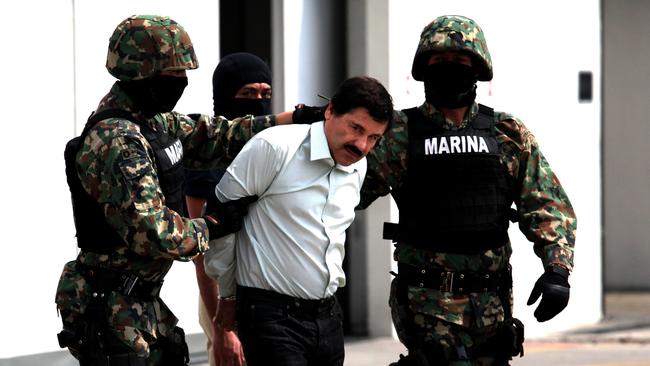
The trial of Mexican drug lord Joaquin “El Chapo” Guzman has given the public an unprecedented look inside the operations of the Sinaloa cartel.
Prosecutors have trotted out dozens of witnesses, including former cartel bosses, who have described how Guzman and his associates built a multi-billion-dollar narcotics empire. (“El Chapo” means Shorty and his cartel takes its name from the western state of Mexico where he was born in a mountain village in 1957).
The two months of testimony in Brooklyn Federal Court in New York have revealed details about how the cartel smuggled cocaine, marijuana and other illegal drugs into the US using cars, trains, planes, submarines and even tunnels. Witnesses have described the multi-million-dollar bribes paid to law enforcement and the murders carried out during wars with rival cartels.
Guzman has pleaded not guilty to drug-trafficking, money-laundering and other charges.
Getting Guzman into a US courtroom has been years in the making, after he escaped twice from maximum security prisons in Mexico. The trial is expected to last several more weeks.
Here’s a look at some of the colourful moments that have already come out:
In the Can
In the early 1990s, Guzman smuggled cocaine across the Tijuana border to Los Angeles inside jalapeno cans, according to the testimony of Miguel Angel Martinez, an early member of Guzman’s crew.

The cans were packaged in warehouses in Mexico using labels that imitated those of a real chilli pepper company.
To make the cans sound as if there were actual peppers inside when shaken by inspectors, workers packed them with a special gravel that would mimic the sound and weight of water.
During the packaging, workers often would get high because pressing the cocaine into the can would release it into the air, Martinez said.
Martinez testified that the cartel stopped using this method in 1993, after a truck carrying 7 tons of cocaine packed inside jalapeno cans was stopped by Mexican police.
Tunnel Effect
Guzman impressed his Colombian suppliers because he was able to move drugs across the US-Mexico border in mere days — much faster than the weeks needed by other traffickers, federal prosecutors said.
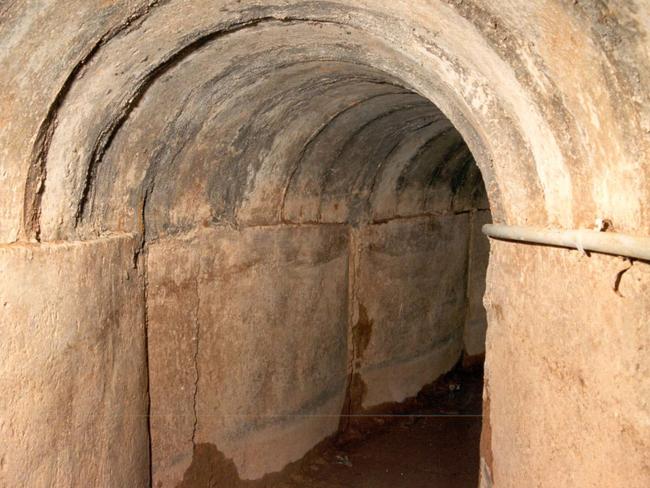
In the 80s, the cartel used a tunnel it dug from Agua Prieta, Mexico, to Douglas, Arizona, according to the testimony of a former US Customs agent. Cartel members would wheel cocaine bricks in carts from the Mexican side to the US in a tunnel about 40m long. The Mexican entrance was covered by a pool table that lifted from the concrete floor with a hydraulic system. The entrance on the US side was two blocks away from the US Customs office.
US law enforcement discovered the tunnel in 1990.
Lions and Tigers and Bears, Oh My!
In describing Guzman’s lavish lifestyle in the 90s, Martinez told jurors his former boss owned a ranch in Guadalajara, where he built a zoo that housed tigers, lions, panthers and deer. Guests could see the animals by riding a train that ran through the property.
Jets, and Suitcases Full of Cash
In the early 90s, Martinez’s job was to co-ordinate money shipments for the cartel. He testified that drug profits came back to Mexico in utes filled with cash. After the money arrived in the border city of Tijuana, it was flown in Guzman’s private jets to Mexico City. Each jet contained $US8 million to $US10m, Martinez testified.
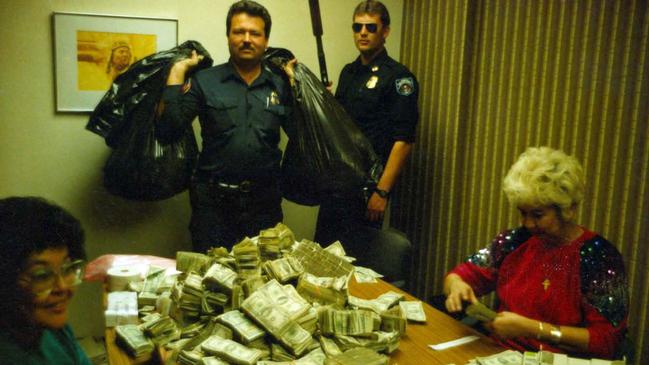
Martinez said he wheeled a Samsonite suitcase filled with at least $US10m in drug proceeds to a Mexico City bank every week to deposit. When the bank asked if he was laundering money, he said he was exporting tomatoes.
Border Run-in
In 1989, a US Customs agent stopped Guzman’s brother, Arturo, as he was trying to drive across the border in Arizona with drug proceeds in his car.
His black Ford Bronco was stuffed with more than $US1.2m in cash, a record seizure at the time for any port of entry in Arizona, according to the testimony of Michael Humphries, a port director with US Customs and Border Protection.
Assassination Attempt
In 1993, members of the rival Tijuana Cartel tried to assassinate Guzman at an airport in Guadalajara, according to multiple trial witnesses.
Guzman and his bodyguard dodged the shootout by running past baggage claim and on to the landing strips, all while carrying $US600,000 in a suitcase. They kept running until they reached a highway, where they hailed a taxi.
The shootout killed Cardinal Juan Jesus Posadas Ocampo, a beloved figure in Mexico, sparking a national manhunt for Guzman. He was captured in Guatemala soon after and was extradited to Mexico.
Guzman escaped from a maximum-security prison there in 2001 before completing his 20-year prison sentence.
Bribery at Every Level
Trial witnesses testified about the bribes paid to law enforcement officers at every level of Mexican government.
Jesus Zambada Garcia, the cartel’s former accountant, testified under cross-examination that he paid off Genaro Garcia Luna, head of Mexico’s equivalent of the US Federal Bureau of Investigation, who eventually became the country’s secretary of public security, to ensure law enforcement wouldn’t interfere with the cartel’s drug activities.
Zambada said that between 2005 and 2007, he met the official on two occasions at a restaurant to give him at least $US3m in a suitcase each time.
Garcia Luna has denied receiving any bribes, according to Mexican press reports.
When Guzman was in prison the first time, his lieutenants paid about $US30,000 to $US40,000 a month in bribes to prison officials, according to Martinez.
Guzman wanted a mobile phone and asked to have “intimate relationships” with all of his wives. He had four or five wives at the time, Martinez testified.
Guzman escaped from prison in 2001 by paying off a prison worker who wheeled him out in a laundry cart.
Swiss Fountain of Youth
Martinez said he travelled the world with Guzman, including to Macau to gamble and to seek out heroin suppliers.
Guzman also travelled to a clinic in Switzerland for cell injections to keep himself looking young, Martinez said.
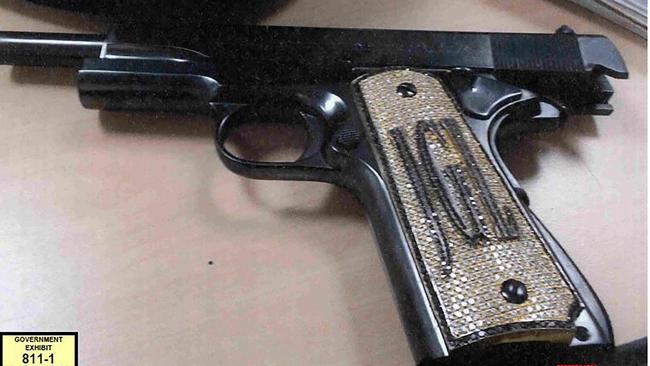
As gifts, he gave his employees new cars and diamond Rolex watches. Martinez said his annual salary in the early 90s was $US1m.
Hi-Tech Ducking
To avoid law enforcement detection, Guzman sent engineers to the US to buy the latest hi-tech phone equipment, including scramblers and wire-tapping gear, a former employee testified.
He “cloned” other people’s phone numbers when making calls, changed those cloned numbers every three or four days, and wiretapped enemies, friends and girlfriends.
Martinez said the wiretaps were critical to keeping Guzman informed about his employees’ whereabouts, including attempts by anyone to betray him. The cartel also bought machines from the US and Europe to manufacture fake passports and IDs, including fake police credentials.
Sunken Ships
Cocaine often was transported from Colombia to Mexico by sea, including by submarine, before being smuggled into the US. The submarine pictured below was seized by the US Coast Guard in 2008 as it was carrying cocaine for the Sinaloa cartel.
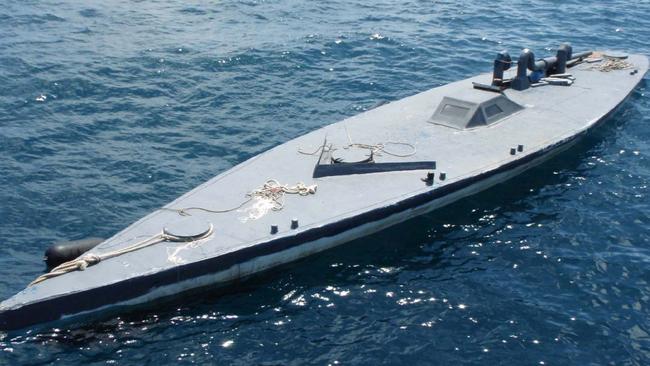
In 1994, a large shipping vessel was carrying 20 tonnes of cocaine to the cartel. The crew thought the shipment would be intercepted by law enforcement and sank the vessel off the Mexican coast, according to the cartel’s former accountant. The cartel then used deep-sea divers to recover the cocaine.
Hiding the Money
To stash his cash, Guzman hired an architect to build houses with hydraulic systems that lifted the beds from the floor to reveal hidden compartments, according to a former cartel member. At one house, the bed covered a ladder that led to a safe inside an underground water tank. The water had to be pumped out to access the special compartment.
The Wall Street Journal

To join the conversation, please log in. Don't have an account? Register
Join the conversation, you are commenting as Logout